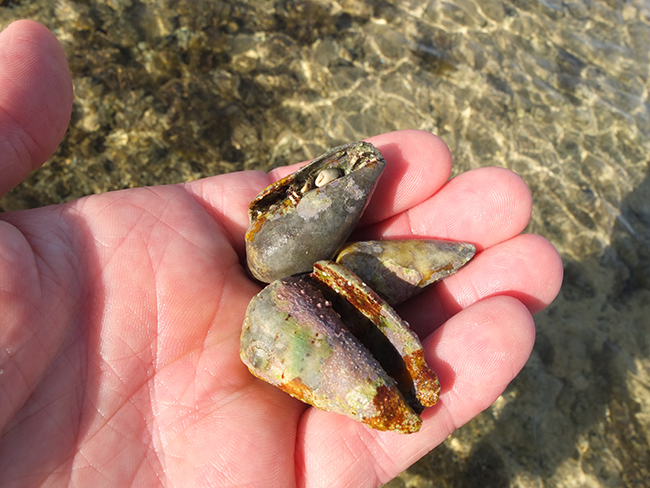
I think most people enjoy beaches, wandering along the strand line, collecting shells, and looking at what the ocean has fetched up, but I think there’s only a hardy few who really enjoy exploring the shallows. That is a shame as they’re fascinating places.
Pretty much any marine biology textbook will, at some point in the section on coral reefs, have a drawing of a typical reef. It will start at the shoreline and end with the open ocean. At some point along the idealized reef there’ll be words like ‘back reef’, ‘reef crest’, ‘lagoon’ etc.., yet we will tend to focus on the fore reef where all the action is. Nothing wrong with that of course, but most people will show no interest in the very shallowest area where sea becomes beach.
Tropical rocky shores tend not to have an easy time of it. They are prone to all that humans can throw at them, from construction to tourist feet. This is a shame, as they are fascinating places that play an important role in trapping and processing nutrients that would otherwise impact upon the reef. They’re also great fun to explore, especially for an aquarist.
These pictures show a typical rocky shore close to an Indo-pacific shoreline that has, over the aeons, seen sea levels rise and fall.
A good investigation will reveal that the shallows are full of life and a great deal of particulate-trapping algae.
Look closer though, and you will see many species that we typically assume are deeper water animals; this shore had countless numbers of Tridacnids, thriving in a few inches of water. I also saw a small Grey Moray hunting in broad daylight.
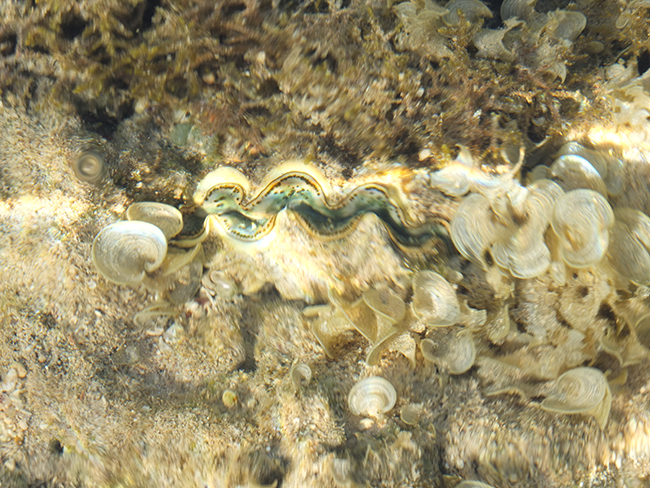 Feeding upon the rich algal growth was a huge number of molluscs, including winkles, cone shells, conches, and nassarids that in turn provided homes for several species of hermit crab. I’m sorry to say I can’t identify the hermit species, but I’d love to hear from anyone who can.
Feeding upon the rich algal growth was a huge number of molluscs, including winkles, cone shells, conches, and nassarids that in turn provided homes for several species of hermit crab. I’m sorry to say I can’t identify the hermit species, but I’d love to hear from anyone who can.
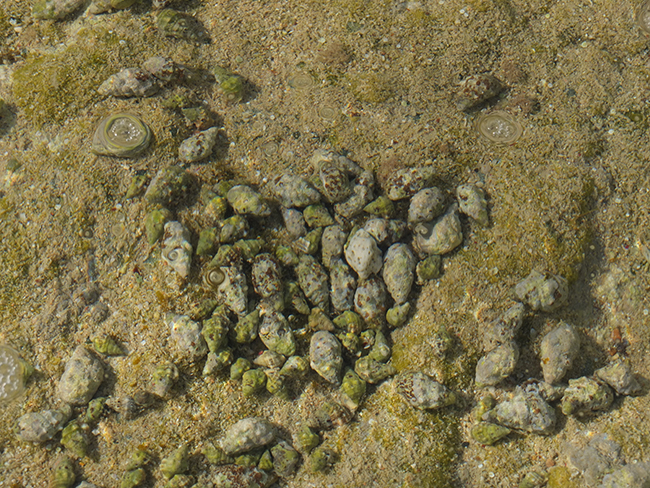
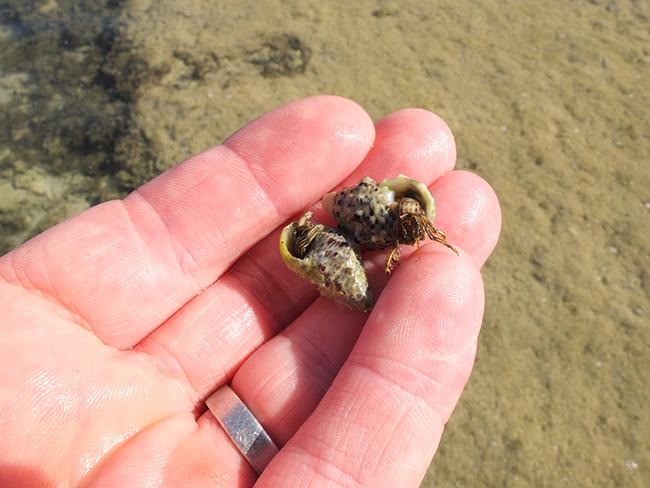
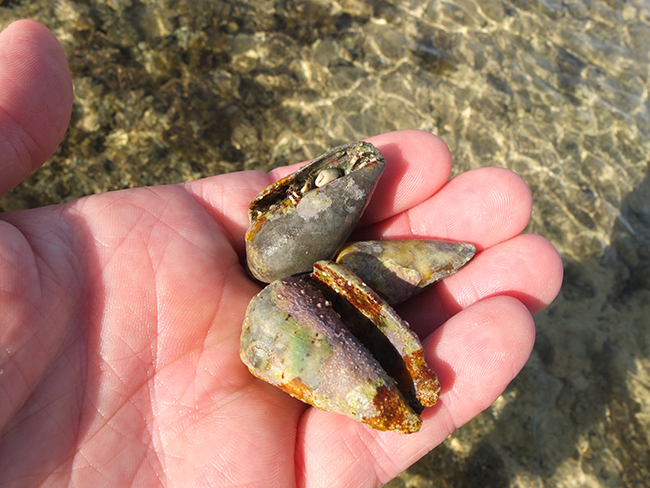 As many people know, hermits are not commonly seen on the reef, most are shallow, littoral species so it’s great to see them in their natural habitat.
As many people know, hermits are not commonly seen on the reef, most are shallow, littoral species so it’s great to see them in their natural habitat.

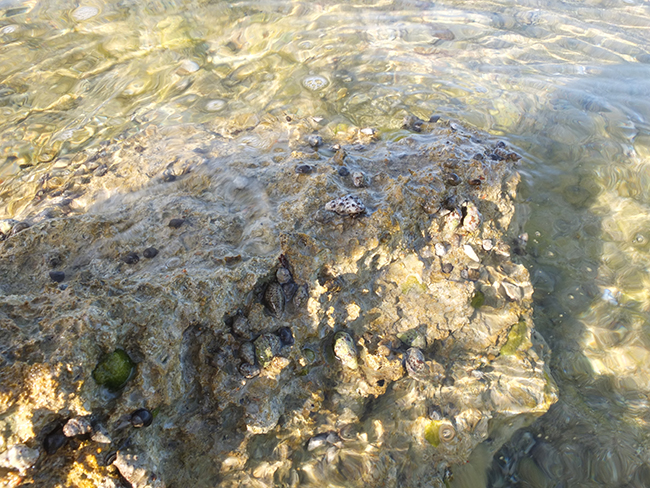
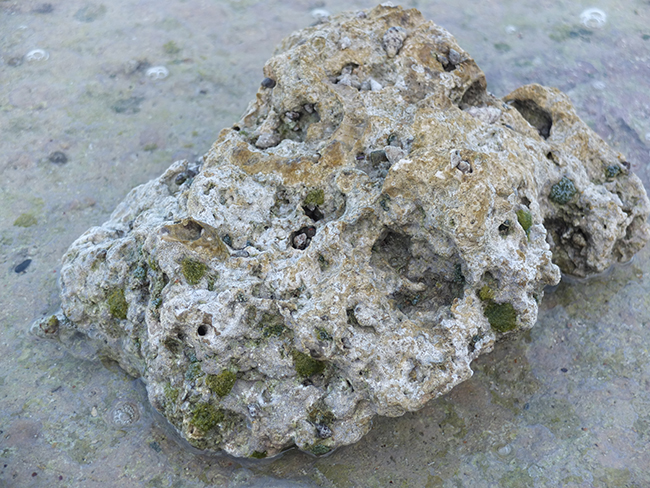









0 Comments